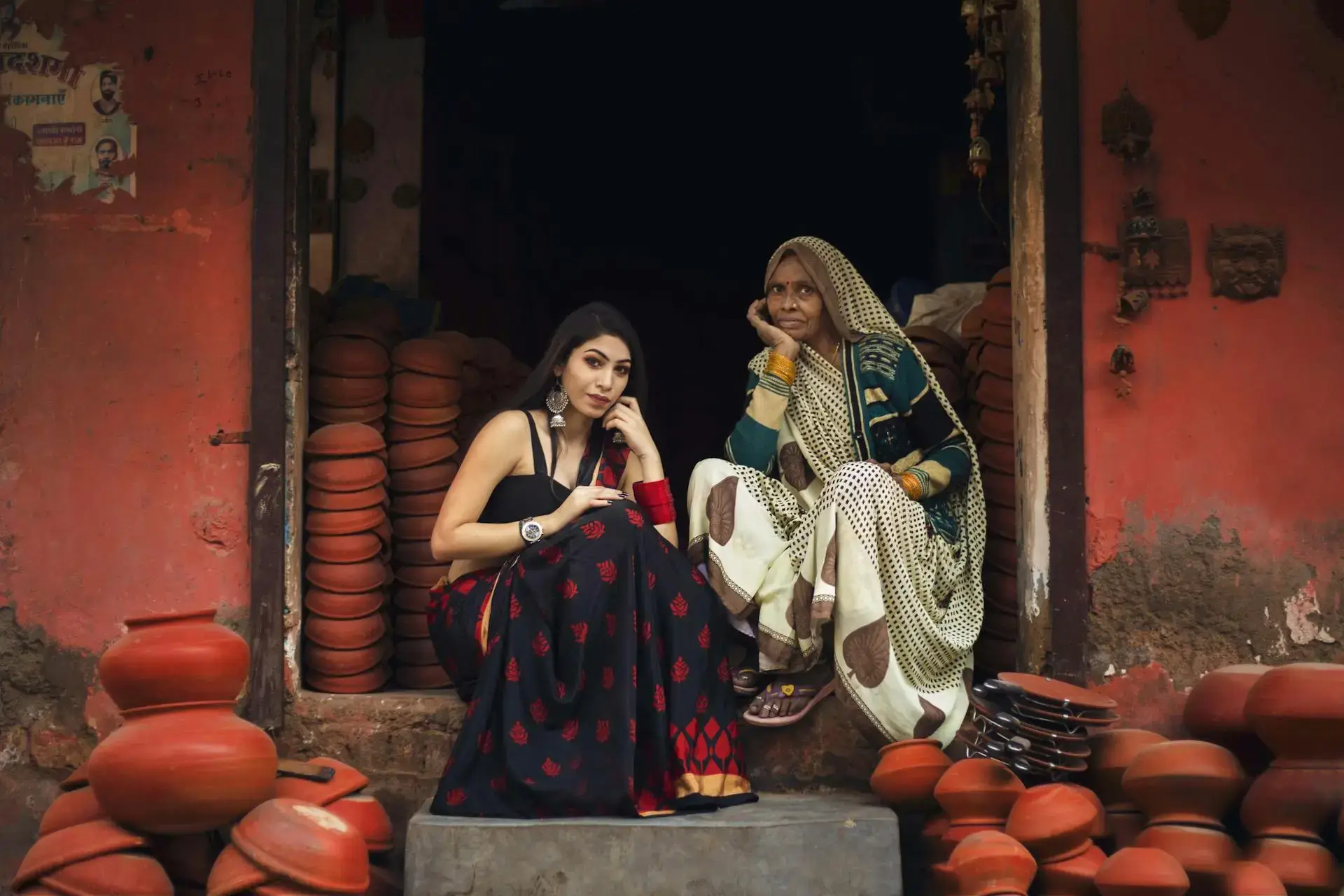
Women Voters Empowerment Eludes India Despite Promises and Participation
The Rise of Women Voters
India is on the cusp of a new era, where women’s empowerment and influence have never been more evident. The sudden push for the women’s reservation Bill highlights this seismic shift, underscoring the crucial role women voters play in shaping electoral outcomes. As a result, women’s participation in the electoral process has increased significantly, with many analysts attributing this surge to reserved seats for women in Panchayati Raj institutions.
A Disparity in Representation
The Bharatiya Janata Party (BJP) often touts itself as “Nari Shakti’s” champion. However, it struggles to translate rhetoric into tangible action. A stark disparity exists – only 10-15% BJP nominations went to women. Specifically, for the November quintuple state elections. This trend persists across pan-Indian parties.
In contrast, Vanathi Srinivasan, a BJP legislator and Mahila Morcha leader, attributes low female candidate representation to electability. Essentially, electability is the primary yardstick, she claims. Undoubtedly, this stance impacts ‘Women Voters’ and ‘Electoral Outcomes’.
Furthermore, Srinivasan argues that winnability trumps gender considerations. Consequently, parties prioritize candidates perceived as more electable. Transitioning to a broader perspective, this phenomenon reflects deep-rooted biases. Ultimately, it undermines substantive efforts towards gender parity in politics.
State Elections: A Mixed Bag
A glance at state elections reveals a mixed bag. In Madhya Pradesh, the BJP fielded 28 female candidates, while the Congress nominated 30. In Rajasthan, the Congress endorsed 28 female candidates, and the BJP, 20. Chhattisgarh saw the Congress support three women, while the BJP backed 14. Despite these numbers, women voters remain undeterred, with 32 constituencies in Madhya Pradesh showing higher voter turnout among women.
Women’s Participation on the Rise
This trend of determined participation by women voters is palpable across states. In Chhattisgarh, women consistently make up a significant percentage of the electorate. The overall turnout was a healthy 76.3%, with a near-equal split between women and men voters. In Mizoram, women voters outnumbered men, with a turnout of 81.25% compared to 80.66% for men. Furthermore, the 2019 general election saw a commendable 5.1% rise in women’s participation. State elections in 2022 and 2023 further witnessed a surge in female turnout.
A Call to Action
As India hurtles toward a new era, it’s imperative to reconcile the contradictions between promises of women’s empowerment and the reality on the ground. By doing so, we can unlock the true potential of women voters and propel India toward a more inclusive, equitable future. Moreover, it’s essential to acknowledge that women’s empowerment extends beyond electoral participation, encompassing socioeconomic and educational welfare schemes. Only then can we truly empower women to become drivers of change in Indian society.
In conclusion, India’s women voters are staking their claim as major influencers in electoral outcomes. However, the disparity in representation and participation is still evident. As we move forward, it’s crucial to address these contradictions and work toward a more inclusive, equitable society, where women’s empowerment is not just a promise, but a reality.
